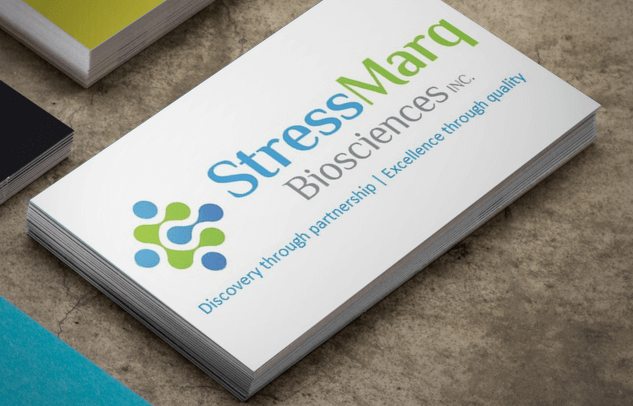Anti-MOUSE CD CLUSTERED ANTIBODIES
RDI Divison of researchd Industries Intl offers a wide line of antibodies. Since no one antibody works best for all applications (flow cytometry, neutralization, blotting, histochemistry, ELISA, etc), we offer many different types of antibodies to help solve this problem. Please inquire for other applications or types of antibodies not listed below. All products are for in vitro research use only-not for use in or on humans or animals-not for use in diagnostics. Price/availability/specifications subject to change without notice.
Anti-MOUSE CD105 Antibodies
Catalogue number: 103-PA60 Size: 200 µg
Description: Produced from sera of rabbits immunised with highly pure recombinant mouse soluble CD105/Endoglin produced in insect cells. The recombinant soluble CD105/Endoglin consists of amino acid 26 (Glu) to 581 (Gly) and is fused to a C-terminal His-tag (6xHis).
Endoglin, also known as CD105, is a Type I integral membrane glycoprotein with a large, disulfide-linked, extracellular region and a short, constitutively phosphorylated, cytoplasmic tail. Two splice variants of human endoglin, the S-endoglin and L-endoglin that differ in the length of their cytoplasmic tails have been identified. Endoglin is highly expressed on vascular endothelial cells, chondrocytes, and syncytiotrophoblasts of term placenta. It is also found on activated monocytes, bone marrow pro-erythroblasts, and leukemic cells of lymphoid and myeloid lineages. Human and mouse endoglin share approximately 70% and 97 % amino acid sequence identity in their extracellular and intracellular domains, respectively.
It has clearly been shown that CD105/Endoglin is required for angiogenesis and it plays a key role in heart development. Mutations in human endoglin or ALK-1 (another type I serine/threonine receptor) lead to the vascular disorder hereditary hemorrhagic telangiectasia (HHT). Mice heterozygous for endoglin have been developed as disease models for HHT. Endoglin has been shown to be a powerful marker of neovascularization. It is also useful as a functional marker that defines long-term repopulating hematopoietic stem cells.
Host species: Rabbits
Antigen: Recombinant mouse soluble CD105/Endoglin
Purification: Protein-A Chromatography (+his tag depleted)
Stabilizer: none
Buffer: lyophilized from PBS, pH 7.4 w/o preservative
Formulation: lyophilized rabbit IgG
Reconstitution: The lyophilized IgG is stable at 4°C. for at least one month and for greater than a year when kept at -20°C. When reconstituted in sterile water/PBS to a concentration of >0.5 mg/ml the antibody is stable for at least six weeks at 2-4°C. Avoid repeated freeze-thaw cycles. Reconstituted antibody can also be aliquoted and stored at -20°C to -70°C for at least 6 months without detectable loss of activity. Avoid repeated freeze-thaw cycles. -It is recommended that a suitable preservative as 0.09% sodium azide and addition of carrier as 0.1-1% BSA be added to diluted antibody to prevent sticking to sides of vial.
Applications
ELISA: Use at 1-15 µg/ml.
Western Analysis: Use at a concentration of 1-2 µg/ml with the appropriate secondary reagents.
Immunohistochemistry: Not determined so far! Under work!
Optimal dilutions should be determined by each laboratory for each application.
Usage: Anti-mouse CD105/Endoglin is offered for research use. Not for drug use. Not for human use.
DATA SHEET: Rat anti mouse ENDOGLIN (CD105), monoclonal Histochemsitry
Catalogue number: 103-PA60 Size:200 µg
Package Size: 1ml (approx 31.25ug) in a proprietary diluent containing serum of USA origin and 0,.09% sodium azide
Clone: MJ7/18
Ig Isotype: Rat IgG2ak
Immunogen: inflammed rat skin
Reacts with mouse endoglin (cd105) which is a heterodimer of 90kDa subunits and is predominantly expressed on vascular endothelial cells. Both mouse and human endoglin have strong amino-acids homology to the transmembrane and cytoplasmic regions of the type III TGF-B receptor.
Use: histochemistry(acetone fixed frozen sections)1:1:10-1:50 using an amplified detection system ABD/DAB, positive control mouse spleen.1- 5ug/ml (not recommended for parrafin sections)
ref: Gene 138:201-206 (1994)
Endocrinology 134:2645-2657 (1994)
Science 284:1534-1537
Storage: Store at 4 Deg C.
Precautions: For In vitro research Use Only. Not for use in or on humans or animals or for diagnostics. Sodium azide may form explosive compounds in presence of heavy metals or under acidic conditions. Flush drains with copious amounts of water to prevent buildup of explosive compounds. It is the responsibility of the user to comply with all local/state and Federal rules in the use of this product. We are not responsible for any patent infringements that might result with the use of or derivation of this product.

